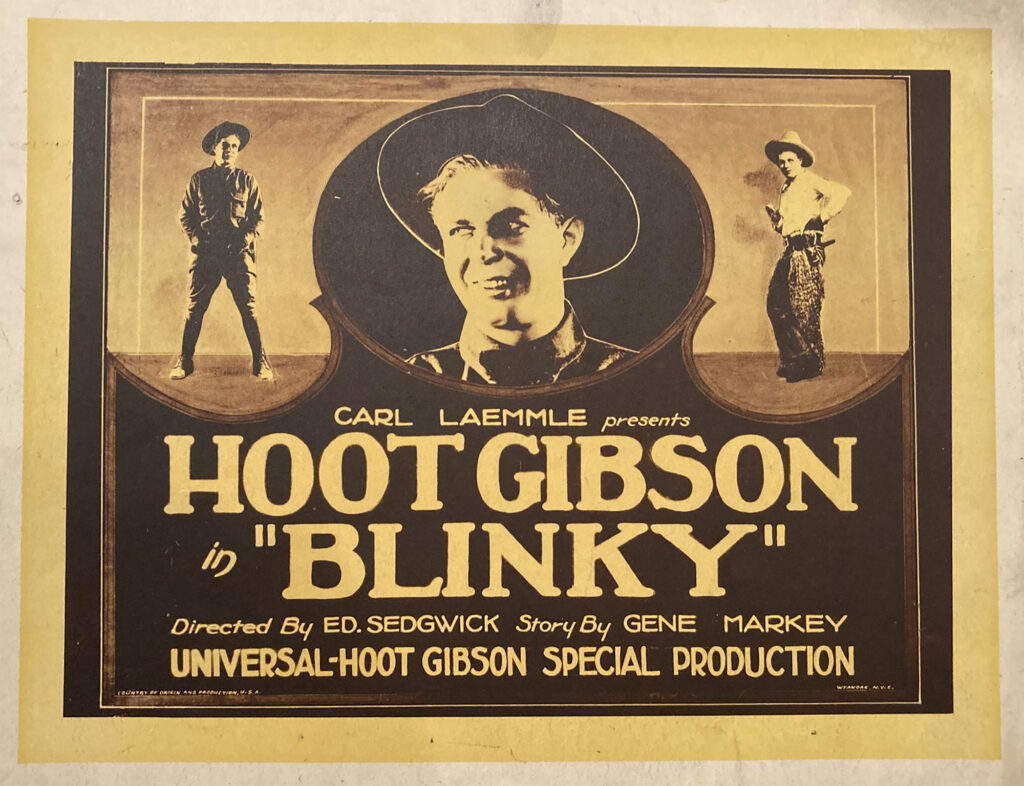Dartmouth’s Media Ecology Project (MEP) is undertaking a groundbreaking effort to digitize, annotate, and increase accessibility to “fugitive”—that is, old and broadly unseen or unknown—film footage and related materials of importance to film history.
Led by Film Professor Mark J. Williams, the MEP is focusing on projects devoted to television newsfilm from the civil-rights era, newsreels shot during World War I, U.S. Signal Corps footage from World War I, film projects produced by the U.S. Information Agency during the Cold War, and footage from American silent cinema. The latter category is currently commanding the bulk of the MEP’s attention via a monumental project known as the Early Cinema Compendium, which received a grant from the National Endowment for the Humanities (NEH) last December.
The Early Cinema Compendium will be a publicly accessible, online database featuring rare materials culled from the Library of Congress, the Museum of Modern Art, and Amsterdam’s Eye Filmmuseum. It will feature 15 collections of archival and scholarly resources, more than 7,000 frame samples from mostly lost U.S. films, and more than 2,500 archival films from this earliest period of narrative filmmaking in America.
Most recently, the MEP has been able to claim additional material with which to supplement the Compendium. Indeed, the MEP has made national headlines—and the pages of the prestigious Smithsonian Magazine—after entering into an agreement with Chicago-based private collector Dwight Cleveland. A noted figure in the world of film memorabilia, Cleveland is known for his vast ownership of original promotional materials and lobby cards for old films. In a boon to the Compendium, Cleveland has agreed to let the MEP digitize and incorporate his collection of more than 10,000 lobby cards from the silent-film era.
The inclusion of Cleveland’s lobby cards in the Compendium is so noteworthy because these cards have substantial historical importance. They depict silent feature films, of which only a small number have survived the ravages of time.

A 2013 study by the Library of Congress found that only fourteen percent of American silent features made from 1912-1929 still exist today.
“The Library of Congress can now authoritatively report that the loss of American silent-era feature films constitutes an alarming and irretrievable loss to our nation’s cultural record,” remarked then-Librarian of Congress James H. Billington. “We have lost most of the creative record from the era that brought American movies to the pinnacle of world cinematic achievement in the 20th century.”
The film industry’s practice of neglecting or destroying prints and negatives, and sometimes even recycling film to reclaim its silver content, was certainly one cause for this loss of America’s cinematic heritage. Another was the utter vulnerability of nitrate film stock to deterioration and fire. In fact, the nitrate film used until 1952 had a propensity to spontaneously combust when it deteriorated and was improperly stored. While much of this process was certainly incremental, the fact that studios stored their films in closely packed vaults—which were often poorly ventilated—led to the eruption of two infamous fires. The 1937 Fox vault fire destroyed all of the original negatives for Fox’s pre-1935 films, while the especially notorious 1965 MGM vault fire decimated much of MGM’s silent film library, destroying the last known prints for famous films such as the legendary Lon Chaney / Tod Browning feature London After Midnight (1927).
Today, many lost silent films endure only through middling studio records and, on occasion, promotional materials. It is for this reason that Cleveland’s cards are remarkably important; as he explained, in many instances, “these lobby cards are the only tangible example that these films even existed.”
The cards, each slightly larger than a sheet of letter paper, were displayed in sets of eight or more in theater lobbies to advertise both coming attractions and films currently playing. The first card in the set typically showed a film’s title, production company, cast, and crew. The subsequent cards would depict scenes from the film and would, in their assemblage, provide a broad impression of the plot. Intended to be seen up close, the cards were often framed or prominently placed on easels.
The cards were particularly effective as promotional materials because of the readily apparent artistry that they exemplified. Indeed, the cards were nothing if not eye-catching, featuring dramatic font and deco graphics. As for coloring, the process used to create the earliest lobby cards could produce black-and-white, sepia, or brown-toned images, but color would frequently be added by hand or stencil. By the 1920s, the cards’ images had started to resemble photographs and to feature tinting as well as decorative borders.
Today, the cards serve an important historical purpose. Many are over a century old, and they reflect the aesthetics and modes of storytelling that were embraced by the film industry in the period of early cinema. In many cases, the scenes which the cards depict offer a glimpse into lost films whose plots and production design would otherwise remain unknown. The cards also provide a wealth of insight into studios’ marketing practices and, significantly, memorialize what Williams has described as “a great number of stars—many of whom have been forgotten.”
The MEP is to be congratulated for this most recent enterprise to digitize and thereby preserve these lobby cards, which are quite extraordinary materials. It is clear that such an undertaking will contribute richly to the study of film history.
____
Bibliography
“Dartmouth to Digitize Rare ‘Lobby Card’ Collection.” Dartmouth News. August 29, 2022.
Feldman, Ella. “See the Stunning Lobby Cards Keeping Silent Movies Alive.” Smithsonian Magazine. October 19, 2022.
McCormack, Kathy. “Silent films to live on in movie theater lobby card project.” AP News. October 6, 2022.

Be the first to comment on "MEP to Digitize Silent Films’ Lobby Cards for Its Early Cinema Compendium"